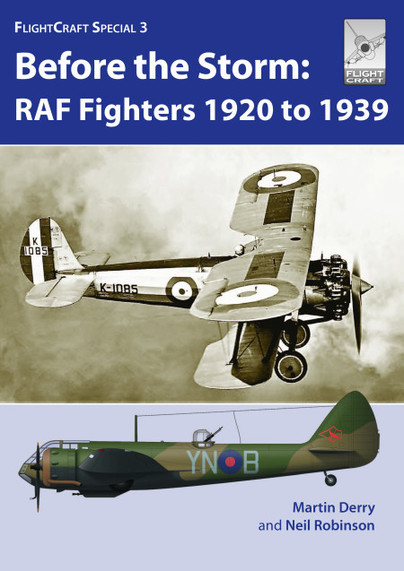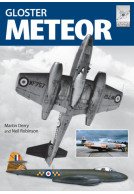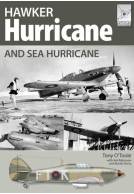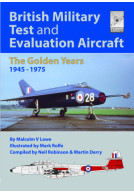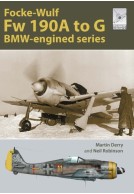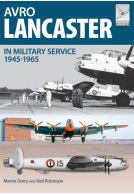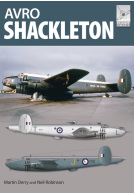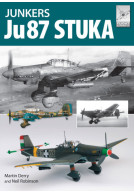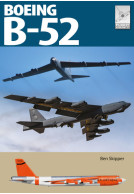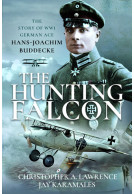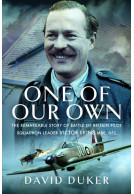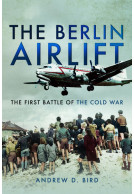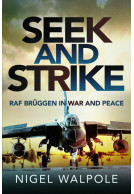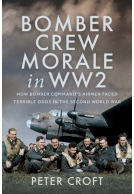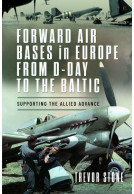Flight Craft Special 3: RAF Fighters Before the Storm (Paperback)
Imprint: Air World
Pages: 104
Illustrations: 200 colour illustrations
ISBN: 9781526786180
Published: 8th August 2024
(click here for international delivery rates)
Need a currency converter? Check XE.com for live rates
| Other formats available | Price |
|---|---|
| Flight Craft Special 3: RAF Fighters… ePub (38.4 MB) Add to Basket | £6.99 |
When the First World War ended the then recently established Royal Air Force was awash with aircraft of all descriptions. More surprising, perhaps, was the fact that despite an ongoing cull of obsolescing types, on the last day of 1919, the RAF still possessed 9,122 non-obsolete aircraft , with a further 1,100 more assigned to the Fleet Air Arm.
Whilst the famous SE.5A and Sopwith Camel had by this time largely been consigned to history, the RAF possessed no less than 1,860 Sopwith Snipes which, from 1920, would become the RAF’s standard single-seat fighter for years to come. Other core types on charge on 31 December 1919 included some 1,650 Bristol F.2B fighters and 1,250 de Havilland DH.9As, which, together with the Snipe, accounted for over fifty per cent of the RAF’s inventory at that time. Avro 504 training aircraft accounted for a further 2,700 airframes.
In this Flight Craft Special, the authors provide a detailed and informative pictorial history of those scout/fighter aircraft that served in an operational capacity with the RAF from January 1920 until the last day of 1939 – a period in which Britain once again moved from an era of peace to war with an old enemy, albeit this time Hitler’s totalitarian National Socialist Germany as opposed to the Imperial Germany of old.
As well as covering each of the fighter types used during the inter-war period, and featuring most of the squadrons, the photographs themselves convey the sense of the technical advances that rapidly took root within Britain’s aero industries from the mid-1930s onwards, moving from the brightly-marked overall silver wood and linen biplanes to the dull camouflaged metal-skinned monoplanes.
The progression of machine-gun development – from the Lewis and Vickers of the First World War to the later Browning – is covered, spanning the days of the biplanes’ two fixed synchronised Lewis or Vickers .303-inch machine-guns mounted in the forward fuselage to eight wing-mounted .303-inch Browning machine-guns in the ‘new’ monoplane fighters. There is also a small, but fascinating, section on the monoplane ‘also rans’ – the monoplane fighters that were designed and had prototypes built but failed to reach the finishing post!
Lots of useful references and very good value for money.
Military Model Scene
Read the Full Review Here
"This beautifully produced book is a delight."
Flypast - December 2024
"A visual delight for general readers and modellers alike."
Aviation News - November 2024
"This is a very useful reference on RAF fighters during the inter-war period that includes much little known information on the subject and is highly recommended to modellers and fans of British aircraft."
IPMS Magazine, issue 4/2024
Beautifully produced in A4 format and printed on glossy paper this visually attractive book is a delight. The inter war period was the most colourful in RAF history where the fuselage and wings of its aluminium painted fighters were gaily bedecked in bright squadron markings until the shadow of war saw the introduction of drab camouflage. Whilst there is some very helpful text contextualising the development of aircraft colours and markings the bulk is composed of a wide selection of well reproduced photographs accompanied by lengthy detailed captions. These are complemented 51 well selected colour side views together with top views illustrating upper wing markings or camouflage pattern. The reader is spoiled for choice in this visual feast – with Bulldogs, Siskins, Gauntlets and Demons to the fore, though the prize probably goes to Demon squadrons! Whether an individual’s taste is for bright colours or the mor warlike hues of early Hurricanes, Spitfires or Blenheim fighters, there is much to please the eye. A visual treat to delight the general reader and (particularly) the modeller.
Andrew Thomas - Author and Historian
About Martin Derry
After leaving Midland County Publications, Martin Derry has been involved with compiling, editing, assisting with and subsequently writing aviation-related books for fifteen years or more, initially with Dalrymple and Verdun Publishing, Crecy and, since 2012, with Pen & Sword for whom he has written several of their Flight Craft series of books with the nostalgist and modeller in mind – Martin currently has other titles in preparation.







